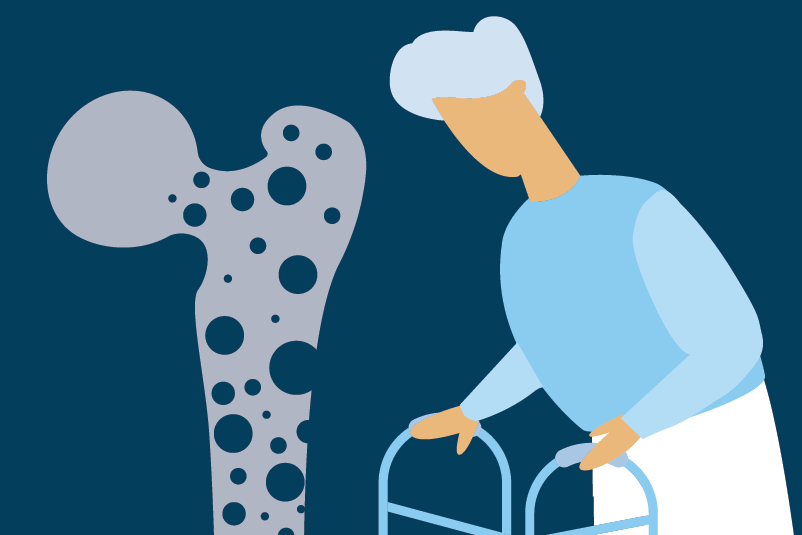#186 Doxylamine and Pyridoxine for Nausea and Vomiting of Pregnancy: A review of “retch”ed evidence

Reading Tools for Practice Article can earn you MainPro+ Credits
Join NowAlready a CFPCLearn Member? Log in
- Five systematic reviews of 22-37 observational studies (17,000-50,000 pregnant women) exposed to antihistamines like doxylamine.1-5 Many authors have industry affiliations.1,3-5
- No reliable effect on malformations with doxylamine.1-5
- Four systematic reviews:6-9 Not discussed as did not include largest Randomized Controlled Trail (RCT), published 2017.10
- 2017 publication of 1970s industry-sponsored (eight arm) RCT: 2,359 women of doxylamine, B6, and dicylomine alone or in various combinations, or placebo, for seven days.10
- Percent improvement from baseline for doxylamine/B6 versus placebo, statistically significant:
- ≥Moderate undefined “effectiveness” (78% versus 57%).
- Nausea (75% versus 52%); not vomiting.
- Patients rated doxylamine/B6 better on nausea and vomiting.
- B6 alone better than placebo for nausea (68% versus 52%), but not statistically better for vomiting, overall effectiveness or patient ratings.
- Drowsiness: 5.6% versus 3% (placebo), Number Needed to Harm=38.
- Limitations: Only 66% completed study, questionable data integrity, possible selective reporting.
- Percent improvement from baseline for doxylamine/B6 versus placebo, statistically significant:
- Industry-sponsored RCT (259 women) of doxylamine/B6 or placebo.11
- ~1-point decrease in 15-point nausea/vomiting scale at day 15.
- No change in individual nausea, vomiting, retching scores.12
- US RCT (36 women) found ondansetron superior to doxylamine/B6 in reducing nausea (3 out of 10-point scale better) but not vomiting.13
- Limitations: Used ½ dose doxylamine.
- Older studies less reliable.6
- Disclosed and undisclosed conflicts of interest raise concerns around some of the analysis and reporting of doxylamine/B6 research.14
- Cochrane review states “lack of high quality evidence to support any particular intervention”, including doxylamine/B6, B6 alone, metoclopramide, or ginger.6
- Guidelines recommend first-line: Antihistamines, phenothiazines (like prochlorperazine), or ginger (UK),15 B6 alone (US),16 or doxylamine/B6 (US, Canada).16,17






